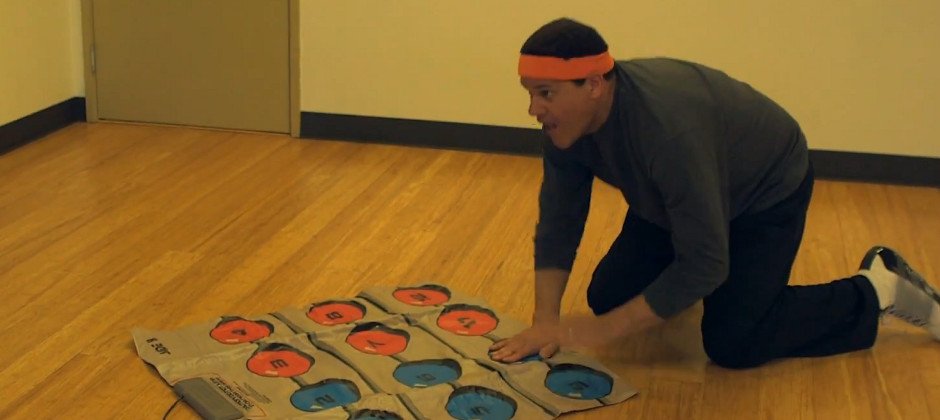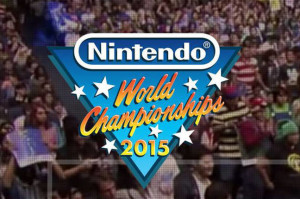I’ve mentioned Game Center CX more than a few times in my writing, and for good reason – it’s a fantastic show that everyone who enjoys older games will appreciate. But while the most popular segment of the program among most fans is the Arino’s Challenge portions, I personally enjoy the “Tama-ge” bits a lot more. In these parts of the show, Arino travels to visit various arcades, large and small, across Japan. It’s a wonderful combination of travelogue and nostalgia, showcasing the (sometimes very odd) places where arcades turn up, the games and atmosphere that make that particular arcade experience interesting, and the people who maintain these game centers. It’s both inspiring and a bit depressing, as the number of mom-and-pop arcades in Japan has been plummeting over the last decade. Oftentimes, it feels like Arino’s travels are an attempt to encourage people to help preserve a dying cultural institution (the segment’s title means “You should visit this game center sometime”).
When I was a teenager, I used to love doing what Arino did during my family’s trips across the country – looking up arcades in the area, visiting them, and seeing what they had to offer. (I was especially devoted to this when Virtua Fighter 3 was really, really hard to find in North America outside certain urban areas – my hunts were often targeted towards finding that particular game.) Nowadays, this is hard to do, because the state of Western arcades is utterly miserable. Most arcades these days – the ones that are still around, anyway – are parts of massive “entertainment centers” that make far more off of redemption games than dedicated video cabinets, and what they do have for games is often old and suffering from disrepair. But there are enthusiasts out there trying to find ways to preserve the more traditional, video-game-focused arcade experience: one of the more popular modern concepts is the “barcade,” a combination of pub/eatery and retrogaming arcade catering to an older clientele.
Generally, most of my experiences with said “barcades” have been kinda blah – the alcohol part doesn’t do much for me since I’m one of those irritating teetotalers, and the game selection is generally pretty similar across many of these establishments: Pac-Man and Ms. Pac-Man, Galaga, a bunch of Donkey Kongs, some Space Invaders, probably a Tapper or two to fit the bar theme, Robotron 2064, and a Street Fighter or Mortal Kombat to get some 90s kid cred. These are good and all, but they’re also pretty easy to find. What I’m interested in are titles that you don’t see everyday, particularly Japanese games from the mid-late 80s – stuff that came out after the crash-correction of the Western video game market in the earlier part of the decade and is considerably less common as a result.
I discovered one such arcade on a recent trip. While I spent most of my life in Iowa, my parents retired to the Boise area in Idaho a couple years ago, so I went to visit my parents there over Mother’s Day weekend. My dad suggested stopping by a few arcades while I was there, and one of them was a place called the Grinkers Grand Palace in the Boise suburb of Eagle. It’s nestled into a corner of a strip-shopping center that doesn’t look like the kind of place that would host a bar-arcade. When I stepped inside, however, I knew I had found someplace very special. So today, I’m going to imitate our beloved Kacho Arino and tell you: you should go to Grinkers sometime!
Continue reading →





